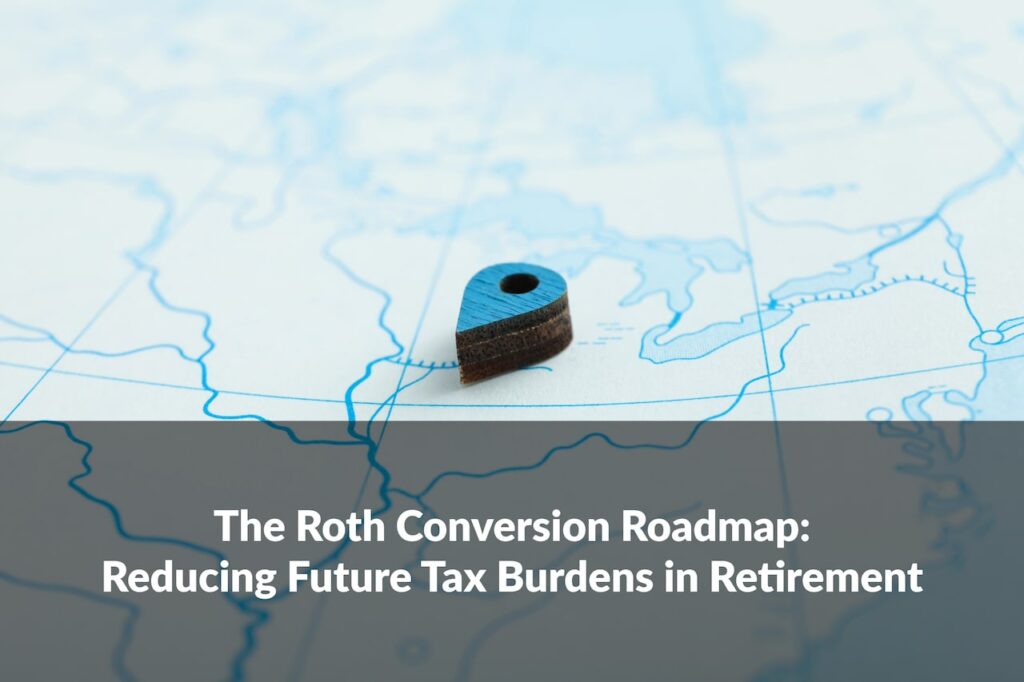In a previous article, I discussed the retirement income challenges created by longevity risk. Today, I want to talk about a common strategy for overcoming it: the Three Percent Rule. I’ll share what came before it, how it came to be popularized, and whether it’s truly the best strategy to utilize so that you can devise a retirement income withdrawal strategy that will help you enjoy a more financially secure retirement.
The Historical Approach to Retirement Withdrawals
For many decades, Americans managed longevity risk with a loosey-goosey approach to retirement income planning that threw caution to the wind. In fact, it wasn’t unusual for people to withdraw from their retirement portfolios at a rate equal to whatever they felt was the prevailing rate of growth in the stock market at the time. Annual distribution rates between 7 percent and 10 percent were the order of the day.
However, this all changed in 1994 when a financial adviser named William Bengen began to push back on the dangerous convention of willy-nilly, haphazard retirement distribution rates.
SEE ALSO: An Approach to Tax-Free Retirement Income
Bengen’s Four Percent Rule
Bengen felt strongly that eyeballing something as critical as retirement withdrawal rates struck him as, well, nonmathematical. To counter this, he employed a computer-based approach to testing withdrawal rates, known as Monte Carlo simulations, which you may be familiar with.
With computer modeling, bengen ran simulations using historical stock market returns from the previous 70 years. In these simulations he included such variables as length of retirement, stock-bond mix, withdrawal rates, and inflation rates. He wasn’t content with 10, 20, or even 1,000 simulations. He wanted his conclusions to be ironclad, so he ran more than 100,000 simulations. And what he discovered was shocking:
Forget 10 percent or even 7 percent distribution rates. Their failure rates were off the charts. Even withdrawal rates as low as 5 percent still had a failure rate as high as 50 percent!
So, Bengen concluded that a 50-50 stock-bond mix with a 4 percent distribution rate over a 30-year retirement could be expected to run out of money only 14 percent of the time.
While it didn’t provide a 100 percent guarantee that you wouldn’t outlive your money, it was the first time anyone provided clear definition around sustainable distribution rates in retirement. Retirees were still free to take 7 percent or even 10 percent distributions from their retirement portfolios, but they now understood the risks of doing so. What emerged from Bengen’s simulations became widely known as the Four Percent Rule. This rule soon became the gold standard for sustainable withdrawal rates in retirement.
SEE ALSO: Why You Can’t Count on a Lower Tax Bracket in Retirement
The Rise of the Three Percent Rule
As you might begin to guess, it only took a few decades for cracks to appear in the veneer of the Four Percent Rule. Economists and retirement experts were questioning how reliable the concept really was.
By 2010, these experts concluded that the variables Bengen had used in his Monte Carlo simulations were derived from prevailing economic data that had since grown stale and antiquated. For example, the bond rates he used in his calculations were 5.5 percent – far above the 2 percent rates that are more common in today’s economic environment. They further concluded that the long-term stock outlook in the early 1990s was far rosier than it is today.
As a result, retirement experts have downgraded the Four Percent Rule to the Three Percent Rule. In short, to enjoy a reasonably high expectation of not running out of money prior to death, you should never withdraw more than three percent of your initial portfolio value in retirement.
Is the Three Percent Rule the Best Strategy?
While a new, more reliable withdrawal rate standard may speak peace to your soul as it pertains to longevity risk, the Three Percent Rule has four significant shortcomings that could still give you a good case of heartburn. I’ll dig into those shortcomings in Part Two of this article series, so stay tuned for more soon.
In the meantime, I’d like to hear from you! If you haven’t already implemented a strategic retirement plan with me, please reach out to schedule a strategy consultation to find out how I can help you develop a plan to help you enjoy a more financially secure retirement. At Hanson, we strive to empower our clients to enjoy their lives with significance and purpose through a comprehensive strategic planning process centered on their unique goals and the roadmap needed to achieve them. Our approach includes lowering your tax burden and optimizing your income streams with the objective of achieving tax-free retirement – so that you can truly live your best life.









